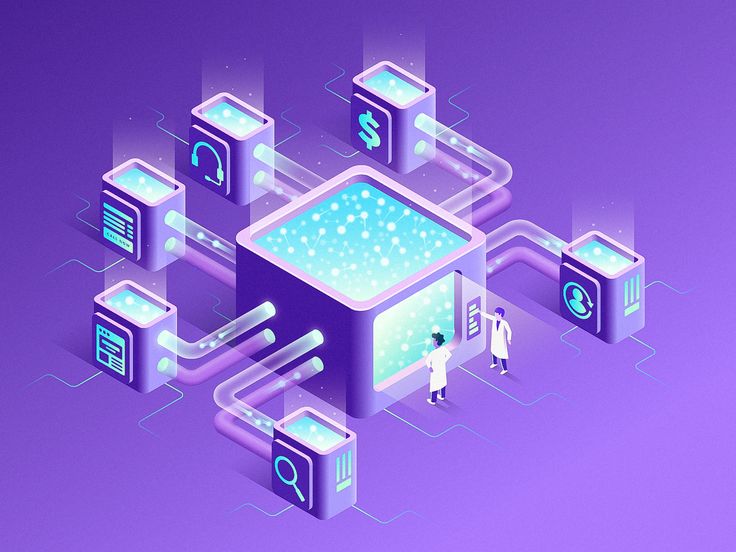In a world increasingly dominated by smart devices, embedded systems engineers are the unseen heroes powering everything from smartphones and smartwatches to medical equipment and autonomous vehicles. But what exactly does an embedded systems engineer do? Let’s dive deep into this fascinating and crucial role that blends hardware and software to bring intelligent systems to life.
Who Is an Embedded Systems Engineer?
An embedded systems engineer is a tech professional who designs, develops, and maintains embedded systems—computing systems that are part of a larger mechanical or electrical system. These systems are typically dedicated to specific tasks and are optimized for performance, reliability, and efficiency.
You’ll find embedded systems in:
-
Consumer electronics (smart TVs, microwaves)
-
Automotive systems (anti-lock braking, infotainment)
-
Industrial machines (robotics, automation)
-
Medical devices (pacemakers, imaging equipment)
-
Internet of Things (IoT) devices (smart thermostats, wearable health monitors)
Key Responsibilities of an Embedded Systems Engineer
1. Designing Embedded Systems
Engineers start by understanding the specific requirements of a product and then design a system that meets those goals. This includes selecting suitable microcontrollers, memory, sensors, and peripherals.
2. Writing Embedded Software
The heart of any embedded system is its software. Engineers write low-level code—often in C or C++—to control the hardware and interface with the external world. This can include writing firmware or real-time operating system (RTOS) code.
3. Hardware-Software Integration
Embedded engineers work closely with electrical and hardware engineers to ensure that software and hardware components function together seamlessly. They might debug issues using tools like oscilloscopes, logic analyzers, and emulators.
4. Testing and Debugging
Testing is a critical phase where engineers validate the system’s performance, safety, and compliance with standards. Debugging involves finding and fixing issues in both the hardware and software.
5. Optimization
Engineers often need to optimize their code and hardware usage for memory efficiency, speed, and power consumption—especially in battery-powered devices.
6. Maintenance and Updates
Even after deployment, embedded engineers are responsible for updating firmware and ensuring the system continues to function as expected, especially for critical applications like medical or automotive systems.
Skills Required for Embedded Systems Engineers
-
Proficiency in C/C++ programming
-
Knowledge of microcontrollers and microprocessors
-
Understanding of hardware interfaces like SPI, I2C, UART
-
Familiarity with RTOS (Real-Time Operating Systems)
-
Problem-solving and debugging skills
-
Basics of electrical engineering
-
Experience with embedded Linux (for complex systems)
Why Is This Role Important?
Embedded systems are the brain behind countless everyday technologies. Without embedded engineers, there would be no smart homes, efficient medical devices, or intelligent vehicles. These professionals ensure that our devices are smarter, safer, and more reliable.










